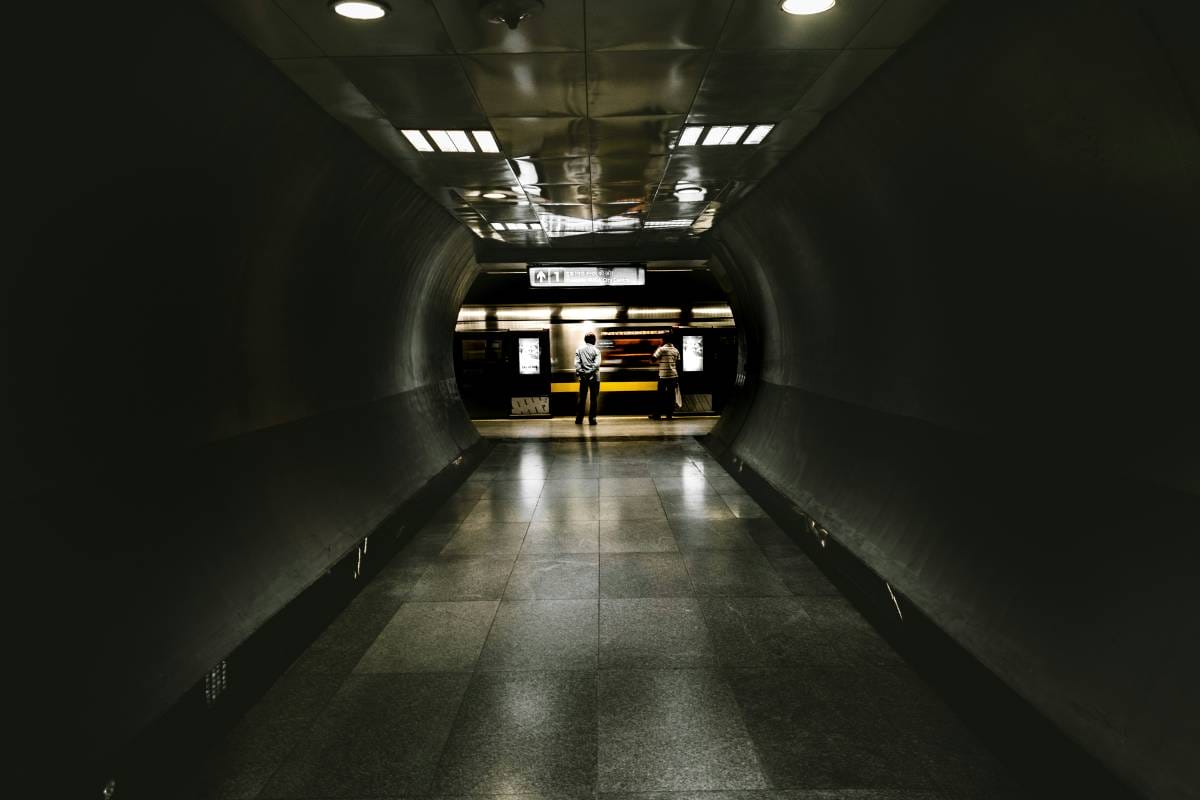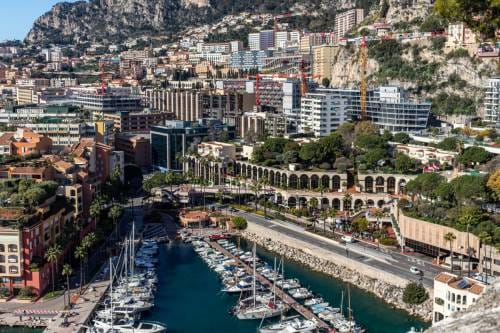In a transformative move to alleviate chronic congestion and modernize commuter transit, Monaco has unveiled an ambitious €1.2 billion infrastructure project: an underground express link connecting the La Brasca park-and-ride facility to the heart of the Principality.
Disruption on the existing rail links into Monaco are causing major frustration and inconvenience to commuters.
A Strategic Solution to Traffic Woes
Situated between Èze and La Turbie near the A500 tunnel, the planned La Brasca facility will offer approximately 3,500 parking spaces. Commuters are envisaged to be able to park their vehicles and transition seamlessly to an automated underground transport system designed to carry up to just less than 2,500 passengers per hour in each direction, with scalability to over 3,500 passengers.
This initiative aims to reduce the influx of vehicles into Monaco, addressing the daily bottlenecks that plague the region’s roads and trains.
Innovative Infrastructure and Future Expansion
The underground system will feature at least one station within Monaco, strategically located between the Charles III city block and Place d’Armes. While the exact mode of transport—be it an automated tram, funicular, or metro—is yet to be finalized, the emphasis is on automation for efficiency, sustainability and minimal surface disruption with the most friendly environmental impact.
Proposals have been also encouraged to consider future extensions, potentially expanding the network within Monaco and into neighbouring French territories, enhancing regional connectivity.
Timeline and Collaborative Efforts
The project is projected to take six to eight years from contract signing to operational launch. A bilateral agreement between France and Monaco is a prerequisite, ensuring cross-border cooperation. Interested parties had had until February 28, 2025, to submit their proposals.
This underground link represents Monaco’s commitment to sustainable urban development, promising a significant improvement in daily commutes and setting a precedent for future infrastructural endeavours in the region.









